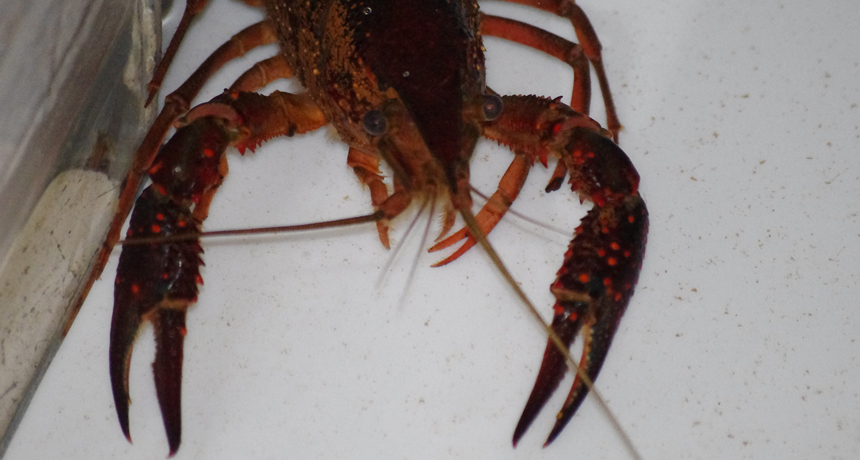Crayfish get anxious, too
Shock a crustacean, and its subsequent behavior changes

LIGHT SHY Stressed, anxious crayfish spend less time exploring well-lit areas, a new study finds.
Jean-Paul Delbecque
Shock a crustacean, and its subsequent behavior changes

LIGHT SHY Stressed, anxious crayfish spend less time exploring well-lit areas, a new study finds.
Jean-Paul Delbecque